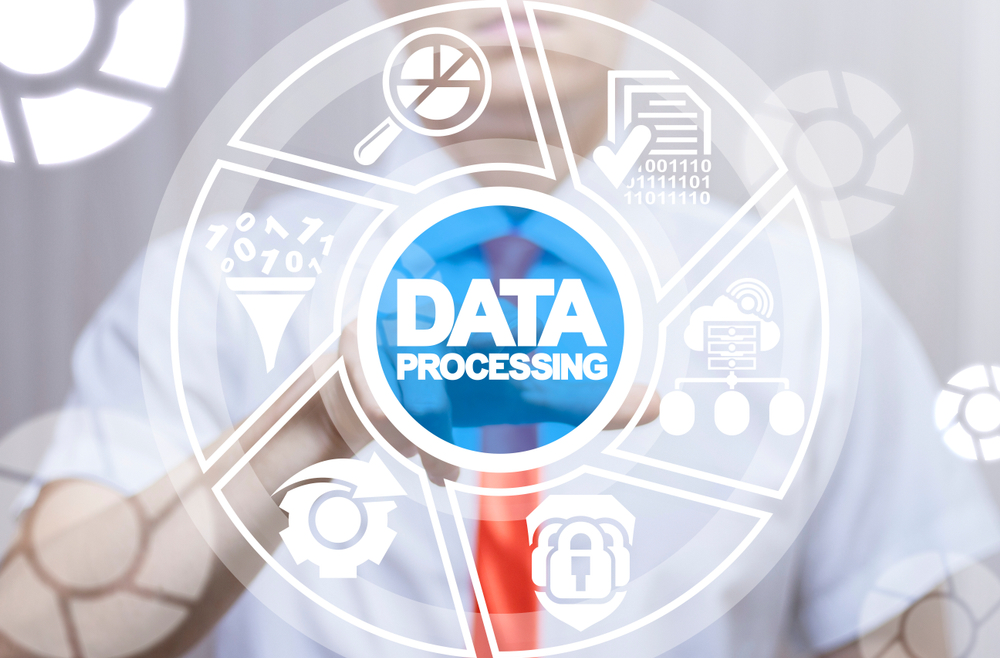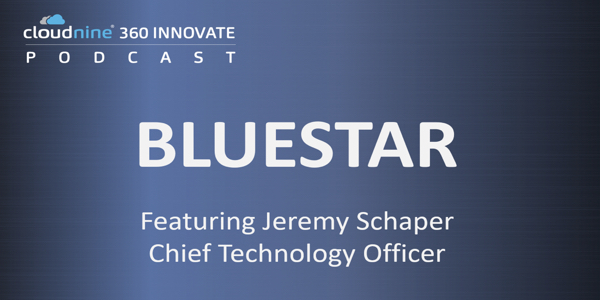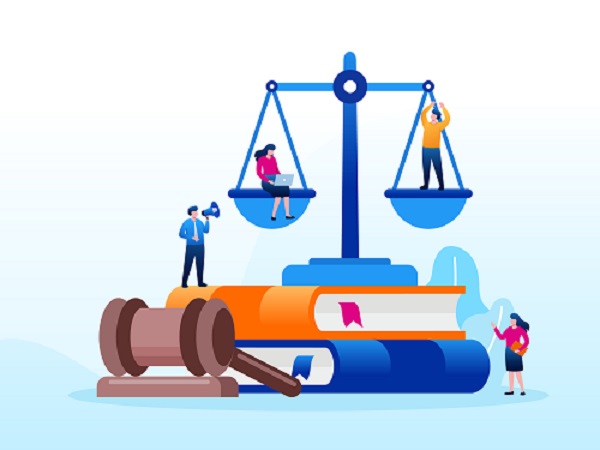Discovering Mobile Device Data: What to Expect from Your eDiscovery Solution
Discovery of data from mobile devices used to be occasional. Parties in litigation often agreed up front NOT to pursue data from mobile devices because it was so difficult and burdensome to do so. Collecting from the devices was challenging and time-consuming, as was the inconvenience to custodians who balked at giving up their mobile device for even a few hours!
In at least one case, formalizing the agreement not to pursue text messages (and other data) as an ESI stipulation came back to haunt the plaintiff when they realized the importance of those text messages and filed a motion to compel – only to have the Court deny the motion because of the stipulation to which the party had agreed. Ouch!
Today, the importance of data from mobile devices has grown to the point that they are routinely a source of discoverable data in all types of cases. The vast majority of Americans – 98% – now own a cellphone of some kind and over nine-in-ten (91%) own a smartphone. Mobile devices are just as ubiquitous at work – in a recent survey, 80% of IT executives said employees cannot do their jobs effectively without a mobile device.
That level of importance has extended to discovery of data from mobile devices, with the potential of severe sanctions for failing to preserve that data for discovery. In this case, a party received two adverse inference instruction sanctions (as well as being ordered to pay the claimants’ costs and attorneys’ fees for the sanctions motion) for failing to preserve data from five out of thirteen custodian mobile devices; while in this case, intentional deletion of text messages resulted in terminating sanctions against the plaintiff!
Mobile Device Data and Your eDiscovery Solution
The rise of importance of mobile device data (such as text messages and other short message formats) in discovery has made it critical for your eDiscovery solution to support the collection, ingestion, processing, analysis, review and production of those messages efficiently and effectively. Here’s what to look for:
Collection, Ingestion and Processing
Today, forensic and eDiscovery professionals are using a variety of tools to collect data from mobile devices. Here are three prominent providers specializing in mobile device data discovery today:
- Oxygen Forensics: Oxygen Forensics offers Oxygen Forensic® Detective, an all-in-one digital forensic solution capable of extracting, decoding, and analyzing data from various devices, including mobile phones, computers, and cloud services. Note: Oxygen Forensics is a partner of CloudNine.
- Cellebrite: Cellebrite is renowned for its Universal Forensic Extraction Device (UFED), a suite of tools designed for extracting and analyzing data from mobile devices. UFED supports a wide range of devices, including smartphones, drones, SIM cards, and GPS units, facilitating comprehensive data collection for forensic investigations.
- ModeOne: ModeOne specializes in remote, targeted mobile data collection through its patented Software-as-a-Service (SaaS) framework. This solution allows for same-day collection of relevant data from smartphones without the need for physical device access or on-site personnel.
Given the popularity of all three solutions for mobile device data collection, Your eDiscovery solution must support the ability to ingest load-ready data from each of these formats efficiently and effectively.
Analysis and Review
Processing and ingesting the data from any of the three solutions above is one thing, but how that data is managed within your eDiscovery solution is just as critical. Because many eDiscovery solutions were built to support document-oriented data like emails and office files, they tend to force text and other short message formats into that same document paradigm, with little if any regard to where conversations begin and end. Doing so makes the data less useful for analysis and review.
Text and chat messages aren’t document oriented – they’re conversation oriented. Your eDiscovery solution must support the ability to analyze and review these messages in context with the rest of the conversation to determine their relevance to the case. The “rest of the conversation” could be in other text messages, email, Slack or any other communication format. And it could include images, audio, video, emojis or even geolocation data. The ability to efficiently and comprehensively analyze conversations is a must have for your eDiscovery solution today.
Production
While you may want to analyze and review the messages in a conversation format, that doesn’t mean you necessarily want to produce them that way. Most parties in litigation are still accustomed to a document format for production, so there’s no reason to “rock the boat” on those standards (at least yet). Your eDiscovery solution should support the ability to export text and other short message data into document formats for production.
Conclusion
CloudNine Review “checks all the boxes” for collection, ingestion, processing, analysis, review and production of text and other short message formats: ingestion support of all three major mobile device discovery solutions, conversation-oriented analysis and review, and production in industry-standard formats. Mobile device data is too important to your cases today to expect anything less from your eDiscovery solution.
Are you ready to take control of eDiscovery costs? Let’s talk about how CloudNine can help you save money while optimizing efficiency: Contact Us today.
















